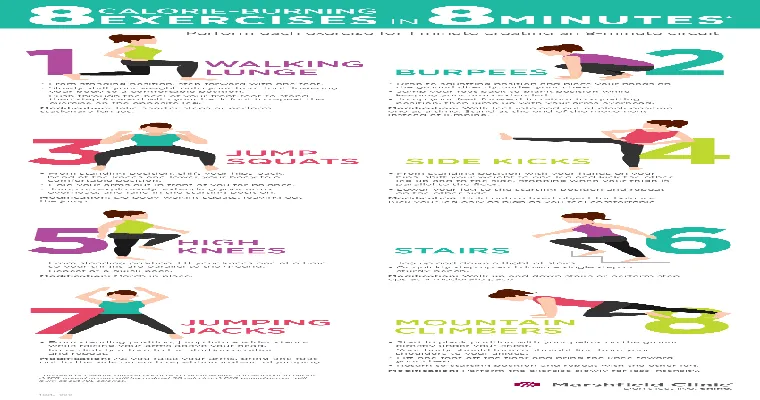Exercising with "arthritis" can be challenging, but it is crucial for maintaining joint function and overall health. Many individuals with "arthritis" often experience pain and stiffness, making it difficult to stay active. However, regular physical activity can help reduce symptoms, improve mobility, and enhance the quality of life. Here are eight helpful tips to keep in mind when exercising with "arthritis".
1. "Consult Your Doctor"
Before starting any exercise program, it is essential to consult with your healthcare provider. They can provide guidance on suitable exercises and help you understand any limitations you may have due to your "arthritis". A personalized plan will ensure that you engage in activities that are safe and effective for your condition.
2. "Choose Low-Impact Activities"
When exercising with "arthritis", opt for low-impact activities that minimize stress on your joints. Swimming, cycling, and walking are excellent choices. These activities promote cardiovascular health and strength without putting excessive strain on your body.
3. "Start Slowly and Progress Gradually"
If you are new to exercise or returning after a long break, start slowly. Begin with short sessions and gradually increase the duration and intensity as your body adapts. Listen to your body and pay attention to any pain signals. It is essential to find a balance between challenging yourself and not overdoing it.
4. "Incorporate Flexibility and Stretching Exercises"
Flexibility exercises, such as stretching or yoga, can help improve joint mobility and reduce stiffness. Incorporating gentle stretches into your routine can enhance your range of motion and alleviate discomfort. Focus on stretching the major muscle groups, especially those around the affected joints.
5. "Strength Training is Beneficial"
Strength training can be very beneficial for individuals with "arthritis". It helps build muscle strength, which can support and protect the joints. Use light weights or resistance bands and perform exercises targeting the major muscle groups. Always prioritize proper form to avoid injury.
6. "Listen to Your Body"
Being attuned to your body is crucial when exercising with "arthritis". If you experience increased pain or discomfort during or after a workout, it may be a sign that you need to adjust your routine. Rest is just as important as exercise, so allow your body time to recover when needed.
7. "Stay Consistent"
Consistency is key to managing "arthritis" symptoms through exercise. Aim for at least 150 minutes of moderate-intensity aerobic activity each week, along with strength training exercises on two or more days. Establishing a routine can help you stay committed to your fitness goals and improve your overall well-being.
8. "Join a Support Group or Class"
Consider joining a fitness class or support group for individuals with "arthritis". Being in a supportive environment can motivate you to stay active and share experiences with others facing similar challenges. Many community centers offer specialized classes designed for people with "arthritis", which can provide you with valuable resources and encouragement.
In conclusion, exercising with "arthritis" is not only possible but beneficial for your health. By following these tips, you can develop a safe and effective exercise routine that helps you manage your symptoms and improve your quality of life. Remember to always consult with your healthcare provider and listen to your body as you embark on your fitness journey.





